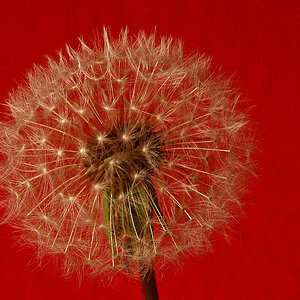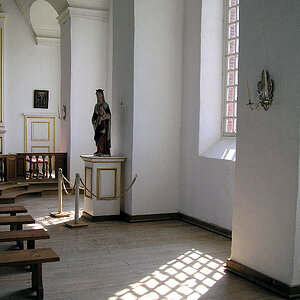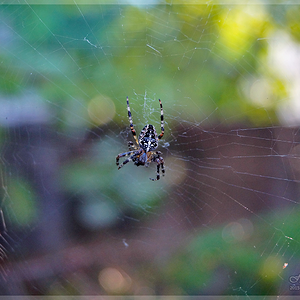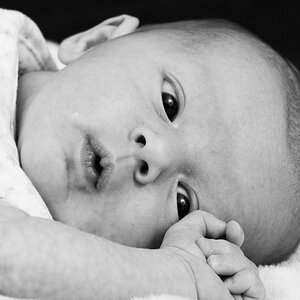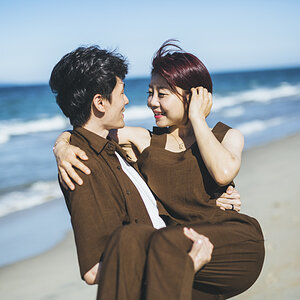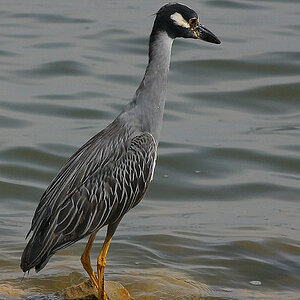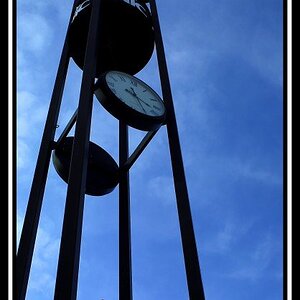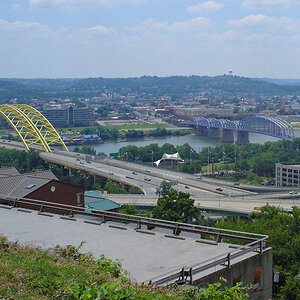Harpua
TPF Noob!
Hi Everyone. First time poster here. I am new to the world of SLR photography. I had been using a Nikon Coolpix 990 for years. I bought one within the first month that it came out in the US. I took a lot of great shots with it and was very please with that camera for years, but felt I was getting frustrated at the lack of control I had. I basically used it on full auto mode, but knew I could (eventually) do much better if I went the SLR fully manual route.
I went out and bought myself the Nikon D70S kit. I know I could have probably done just as well with the D50 or another camera, but I have high hopes of learning and using every aspect of this camera eventually. Right now I am feeling a bit overwhelmed though so I am hoping you fine folks can give me some help and point me in the right direction. Here is what I am looking for...
I would love to find information (to start with) on shutter speed, aperature, and fstop settings. I know the basics (very basic) such as the smaller the fstop, the larger the aperature is and the more light will pass through. What I think I am struggling with though is knowing what setting to use when. For instance, if I know I want a small fstop then how would I know exactly which one to use. Would I want to go right to f 1.4 or could I use f 2 or f 2.8 or even something higher? Same question goes for shutter speed. How would I know when to use 1/500th over 1/1000th?
I have a million more questions, but this is the first one I wanted to tackle because I think it is what I need to understand first in order to start using this camera the right way.
Thanks so much for any help you can give me!
I went out and bought myself the Nikon D70S kit. I know I could have probably done just as well with the D50 or another camera, but I have high hopes of learning and using every aspect of this camera eventually. Right now I am feeling a bit overwhelmed though so I am hoping you fine folks can give me some help and point me in the right direction. Here is what I am looking for...
I would love to find information (to start with) on shutter speed, aperature, and fstop settings. I know the basics (very basic) such as the smaller the fstop, the larger the aperature is and the more light will pass through. What I think I am struggling with though is knowing what setting to use when. For instance, if I know I want a small fstop then how would I know exactly which one to use. Would I want to go right to f 1.4 or could I use f 2 or f 2.8 or even something higher? Same question goes for shutter speed. How would I know when to use 1/500th over 1/1000th?
I have a million more questions, but this is the first one I wanted to tackle because I think it is what I need to understand first in order to start using this camera the right way.
Thanks so much for any help you can give me!


 Sorry to be thinking out loud here.
Sorry to be thinking out loud here.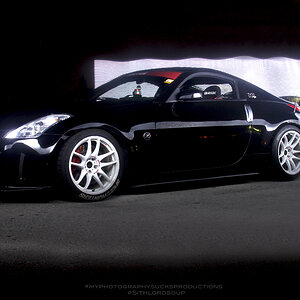
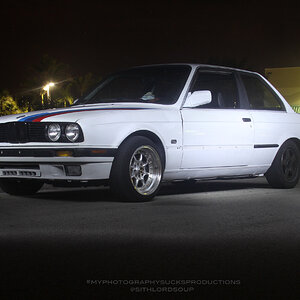
![[No title]](/data/xfmg/thumbnail/34/34343-b06994e286a2089b404358d95c37eaf0.jpg?1619736378)
